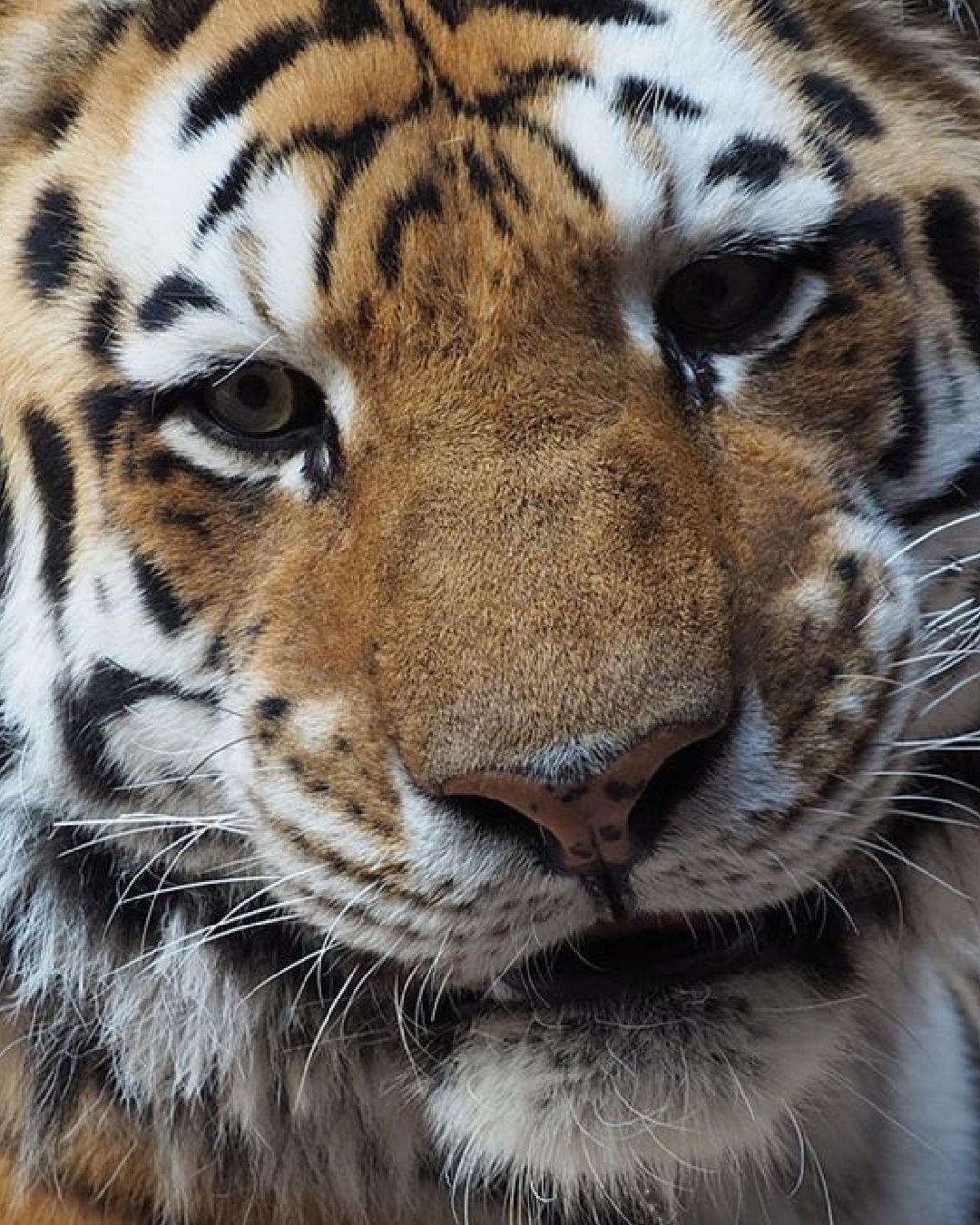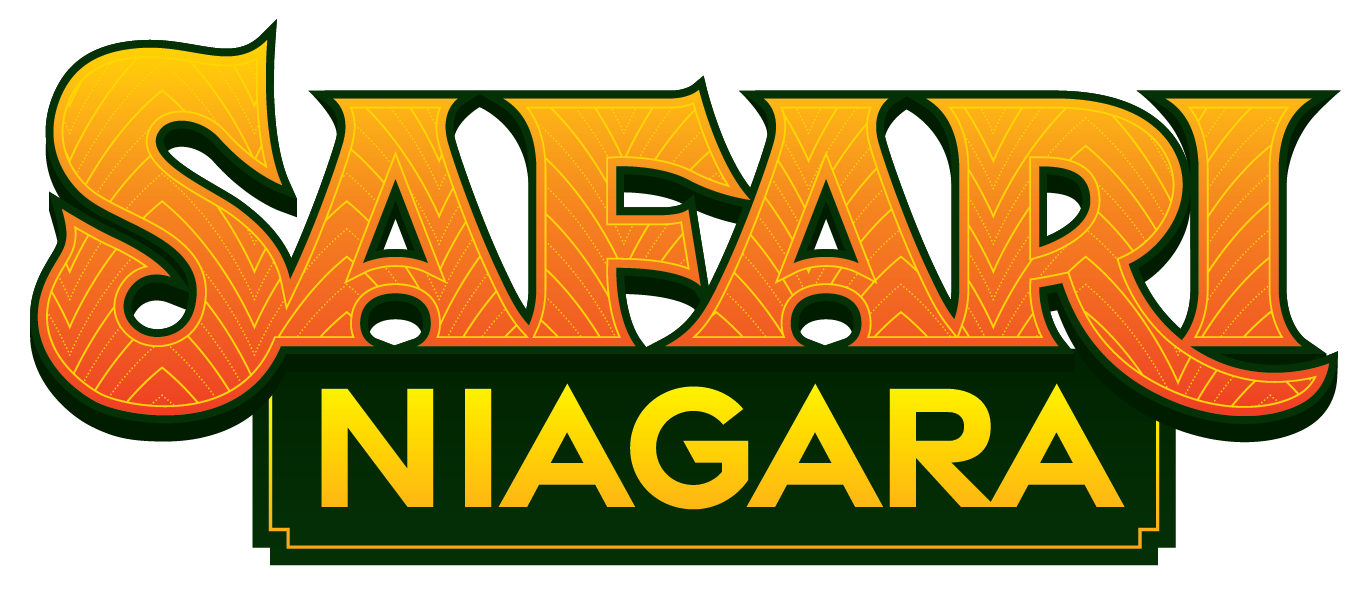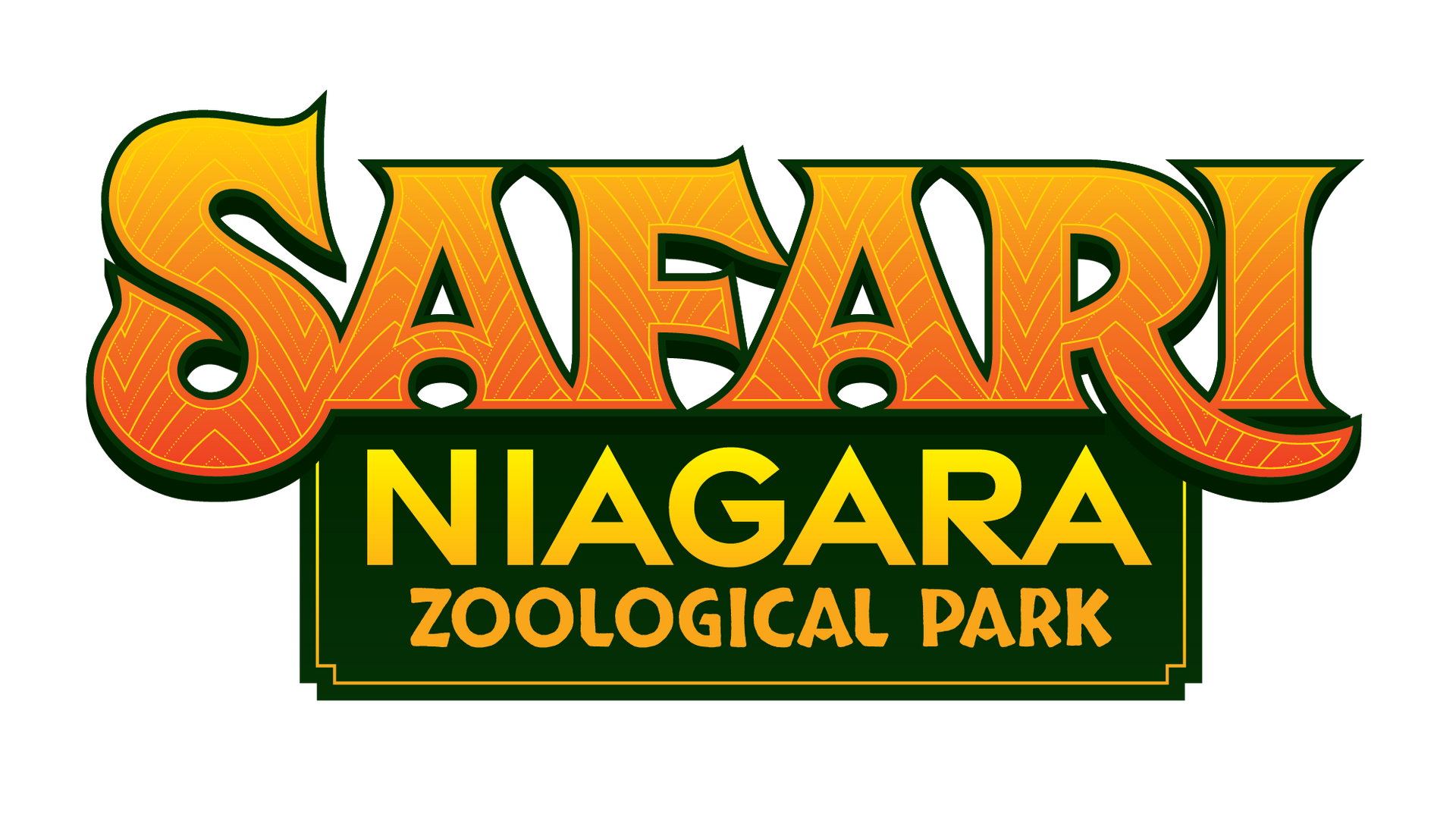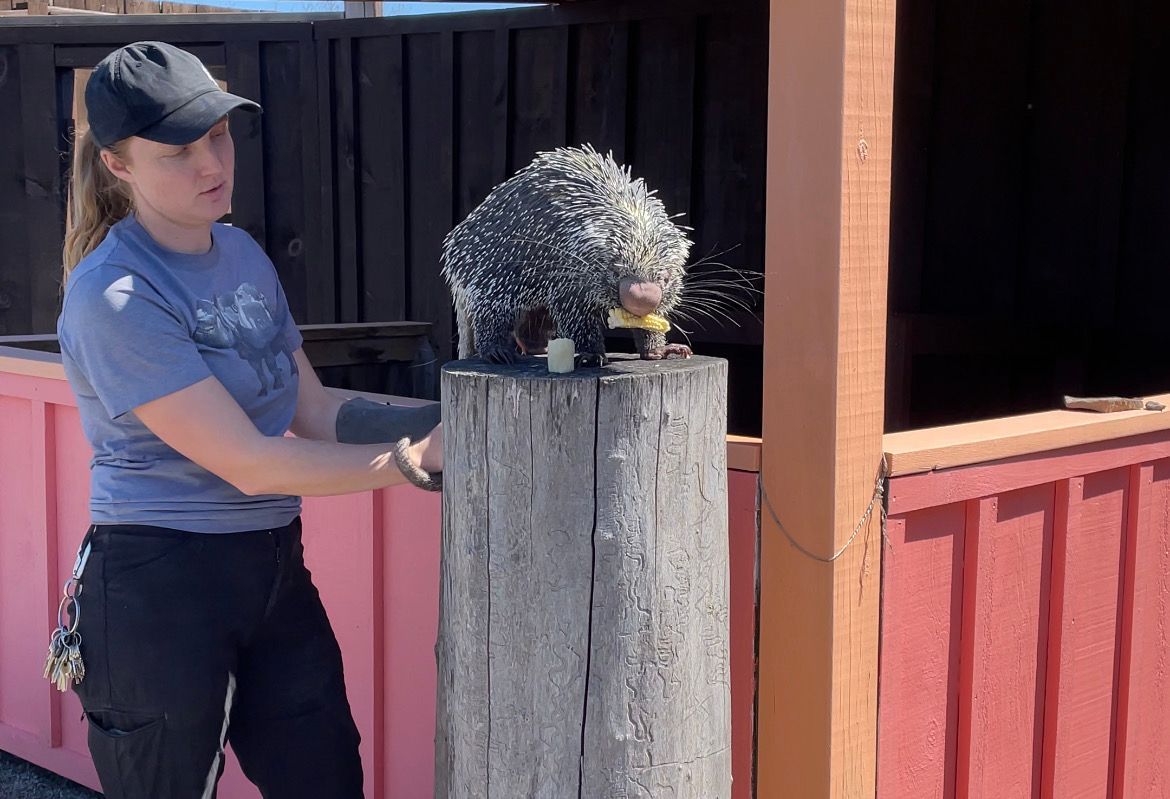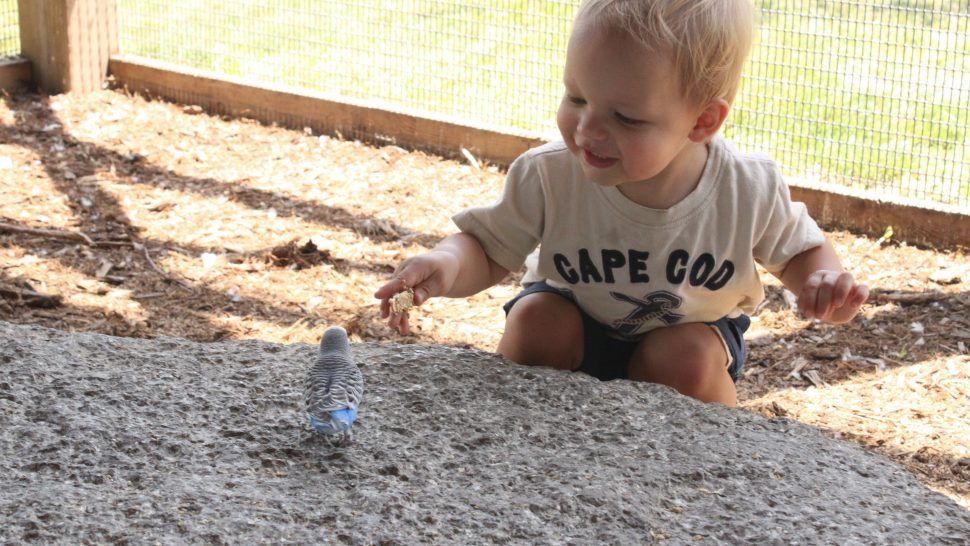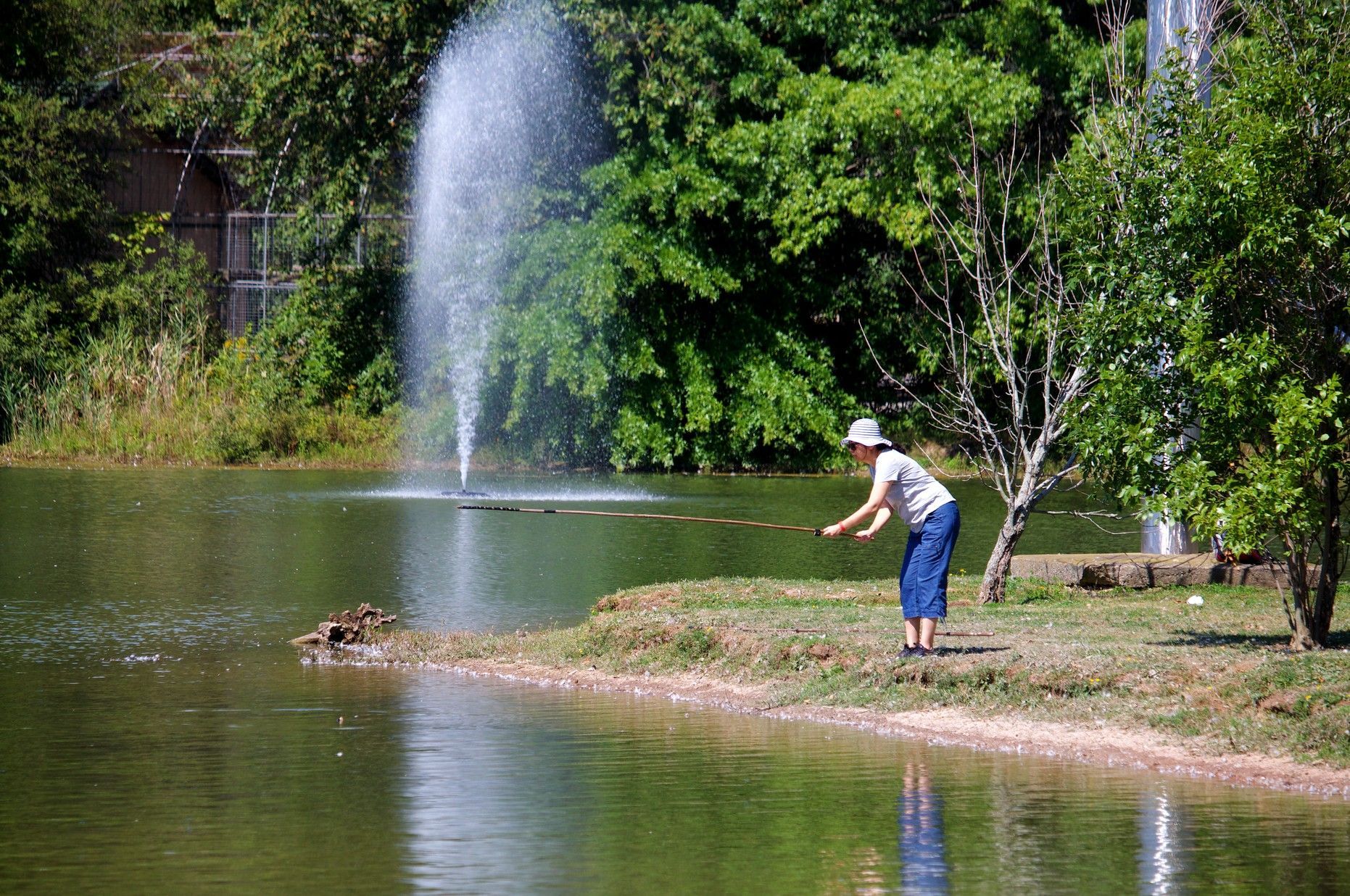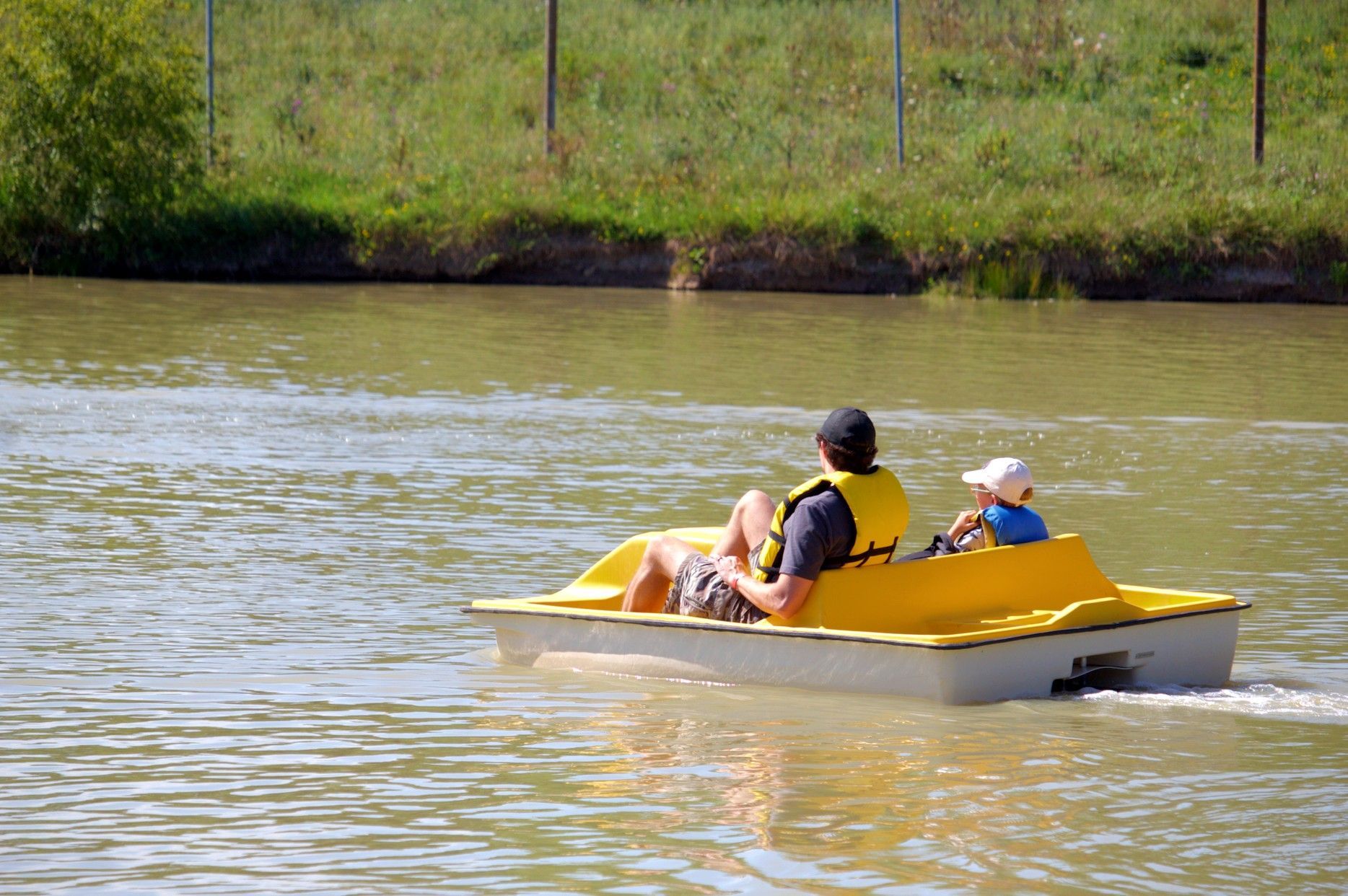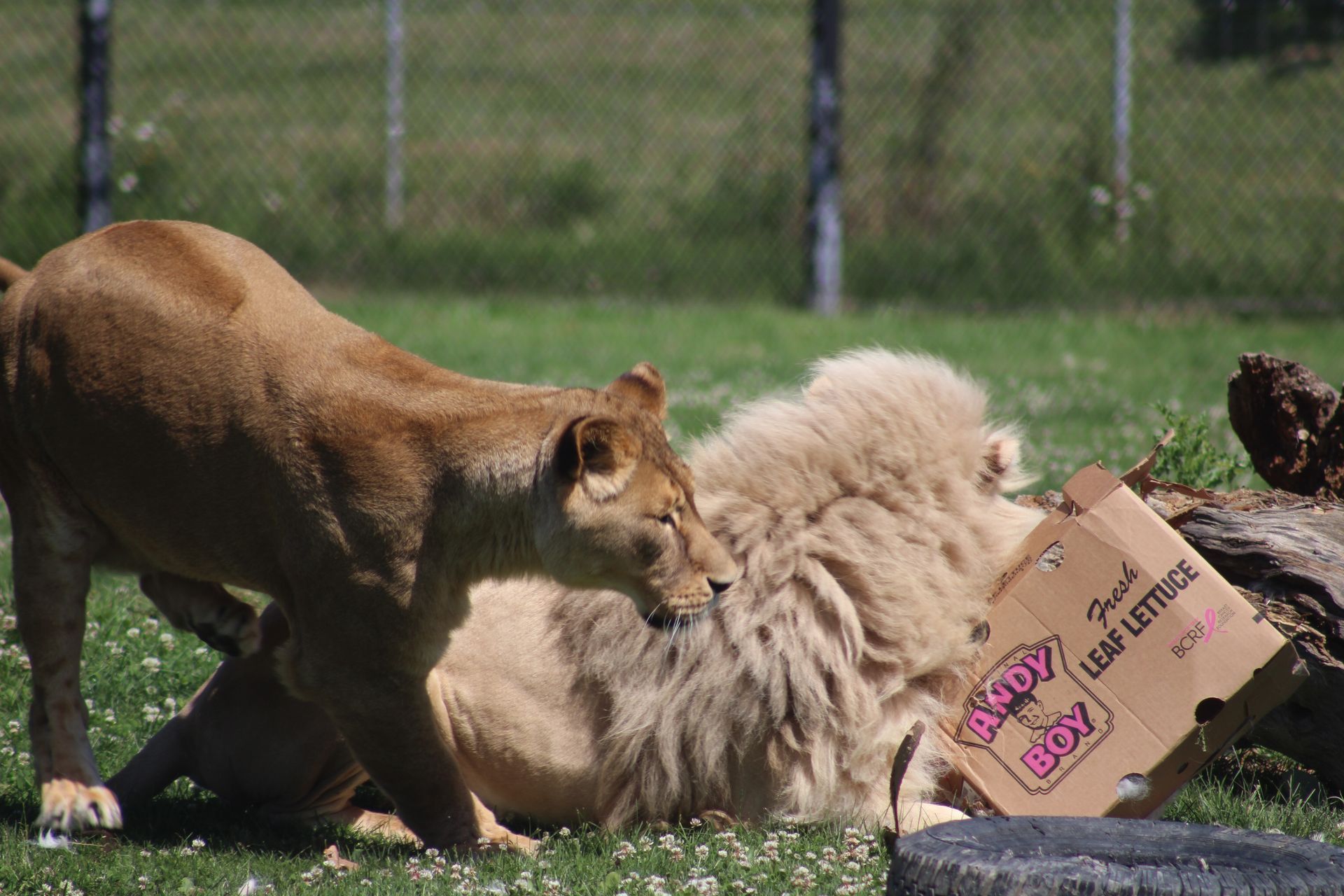CUSTOMER APPRECIATION WEEKEND
Customer appreciation weekend
SEPTEMBER 20&21 2025, 10am - 5pm
Join us for a spectacular Customer Appreciation Weekend, where we celebrate you! Enjoy fun filled activities and deals as we show our gratitude for your continued support with an unforgettable weekend of family fun.
Special discounted admission, save $10 of regular prices. Adults only $24.95 and Children only $17.95+HST throughout the weekend so you and your loved ones can join in the festivities! You'll find extra discounts at the Gift Shop so you can take home a souvenir of your weekend and engaging activities to try! Be on the look out for our Tiger enrichment. There's lots to see and do.
Mark your calendars for our Customer Appreciation Weekend, Sep 20 & 21, we can't wait to celebrate with you and show you our appreciation for your support!
Animal Enrichment!
We use the term enrichment to describe a variety of pre-planned initiatives that encourage our animals to engage in natural behaviours and we break this down into five basic categories: food based, sensory, cognitive, social and physical habitat.
Some types of enrichment can be less easy to spot than others.
For example, the presence of toys and bright-coloured items may be more obvious than the presence of species appropriate social groupings, or scent-based enrichments.
This weekend, you may notice special celebratory toys in our exhibits, but we also encourage you to look for some less noticeable forms of enrichment!
- Food based: food presented in a variety of different ways to encourage problem-solving, foraging, stalking or hunting behaviours.
- Sensory: sensory initiatives that encourage animals to use their sense of smell, touch, hearing, vision and taste.
- Cognitive: objects that can be manipulated by an animal to promote mental stimulation and problem-solving as well as training routines which encourage animals to voluntarily participate in their medical care or activities outside of their exhibits.
- Social: the presence of species appropriate social groupings to ensure social animals have the ability to explore natural feeding, grooming, territorial, courtship and play-based behaviors.
- Physical Habitat: the complexity of habitat design to encourage a variety of species-specific behaviours or movements such as reaching, sliding, hanging, swimming, swinging, denning, flying, digging, hiding and nesting among many others.
01
$19.95 Admission
02
Gift Shop Savings
03
Enrichment Stations
